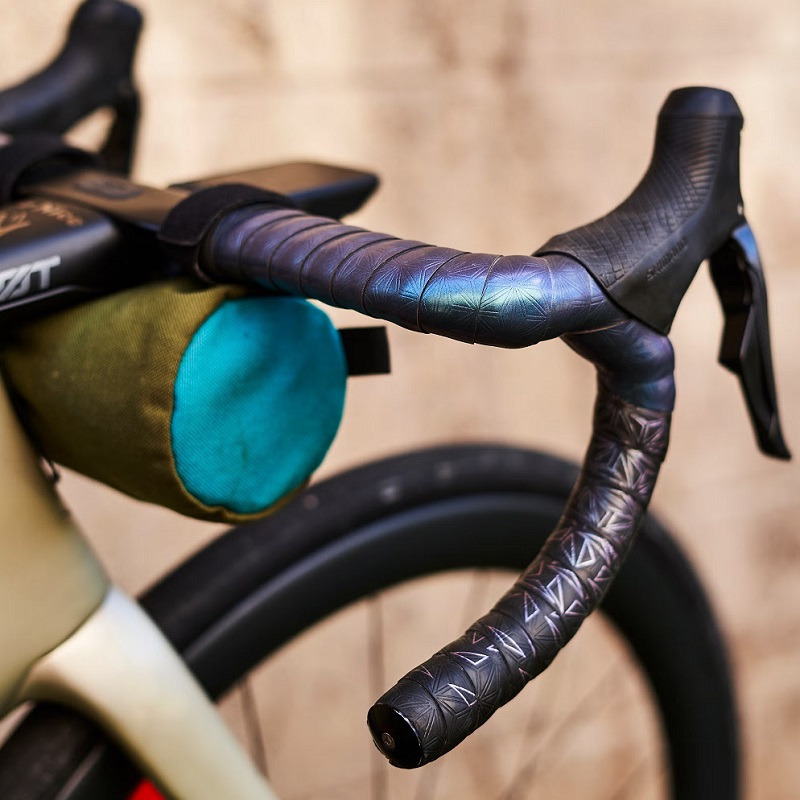When it comes to road biking, every detail counts, and road bike bar tape is no exception. It may seem like a minor component, but the right bar tape can make a significant difference in your overall biking experience. Not only does it enhance comfort and grip, but it also allows for more control over steering. A quality bar tape can reduce vibrations from the road, leading to a smoother ride, especially on longer journeys.
Moreover, road bike bar tape provides an opportunity for personal expression. With various colors and materials available, cyclists can customize their bikes to reflect their style. However, choosing the right bar tape may be overwhelming given the numerous options on the market. This guide equips you with the knowledge needed to make an informed decision regarding road bike bar tape.
Different Types of Road Bike Bar Tape
Foam Bar Tape
Foam bar tape is one of the most common types cyclists choose, particularly for its affordability and comfort. Here are some key characteristics:
- Material: This type is typically made of foam rubber that absorbs shock while providing decent grip.
- Thickness: Foam tape usually comes in various thicknesses, allowing riders to choose how cushioned their handlebar feels.
- Advantages: The softness of foam tape helps to absorb road vibrations effectively, making it a great choice for long rides. Furthermore, it is relatively easy to install and replace, making it a popular choice among casual cyclists.
However, it may have a shorter lifespan compared to other materials and may not perform as well in wet conditions.
Gel Bar Tape
For enhanced comfort, many cyclists opt for gel bar tape. This option integrates gel pads into the layer, providing a unique feel that can significantly improve the riding experience. Here’s what to know:
- Protection Against Shock: Gel tape excels in absorbing vibrations and impacts from rough terrain, making it ideal for long-distance cycling.
- Enhanced Grip: The gel material also provides a firm grip, decreasing the likelihood of slippage during rides. This is particularly useful during wet or humid conditions, where a secure hold can mean the difference between a smooth ride and a loss of control.
- Installation: While gel tape can be a bit more complicated to install than foam tape, the benefits often outweigh the additional effort. Proper installation allows the gel to perform optimally, allowing it to cradle your hands during extended rides.
However, gel tape may be slightly heavier than foam alternatives, which is a consideration for weight-conscious cyclists.
Cork Bar Tape
Cork bar tape combines comfort and durability, and it is often favored by those who prioritize aesthetics and a classic feel:
- Natural Material: Made from ground cork mixed with resin, this type provides a unique tactile sensation and a timeless look that can enhance the appearance of any bike.
- Vibration Dampening: The natural properties of cork allow for excellent shock absorption, protecting your hands from road vibrations. Additionally, cork acts as an insulating layer, keeping your hands comfortable in varying temperatures.
- Breathability: Cork’s texture allows for better airflow, which minimizes moisture buildup on long rides, ensuring a dry grip. This can be particularly beneficial in hot weather conditions when sweat can dampen the bar tape.
While cork tape can be more expensive than foam options, many cyclists find the enhanced comfort and style worth the investment, especially for long-distance rides.

Choosing the Right Thickness
Thick vs. Thin Bar Tape
One crucial factor to consider when selecting road bike bar tape is thickness. Typically, bar tape ranges from 2mm to 5mm in thickness. Here’s a breakdown of how to choose the right thickness for your needs:
- Thicker Tape: If comfort is your primary focus, opt for thicker bar tape. It provides more cushioning against vibrations and bumps, which can help reduce fatigue over long distances. Thicker tape is often preferred by endurance cyclists who spend hours on the road.
- Thinner Tape: For cyclists who prefer a more connected feel to the bike, thinner tape may be preferable. This choice offers better control and responsiveness but sacrifices some cushioning. Racers or those looking for performance optimization often choose thinner tapes for that precise feel.
Ultimately, the ideal thickness is subjective and depends on personal preference and cycling style. Some cyclists even opt to layer a thicker tape with a thinner tape beneath it for a balance between cushioning and control, achieving the best of both worlds.
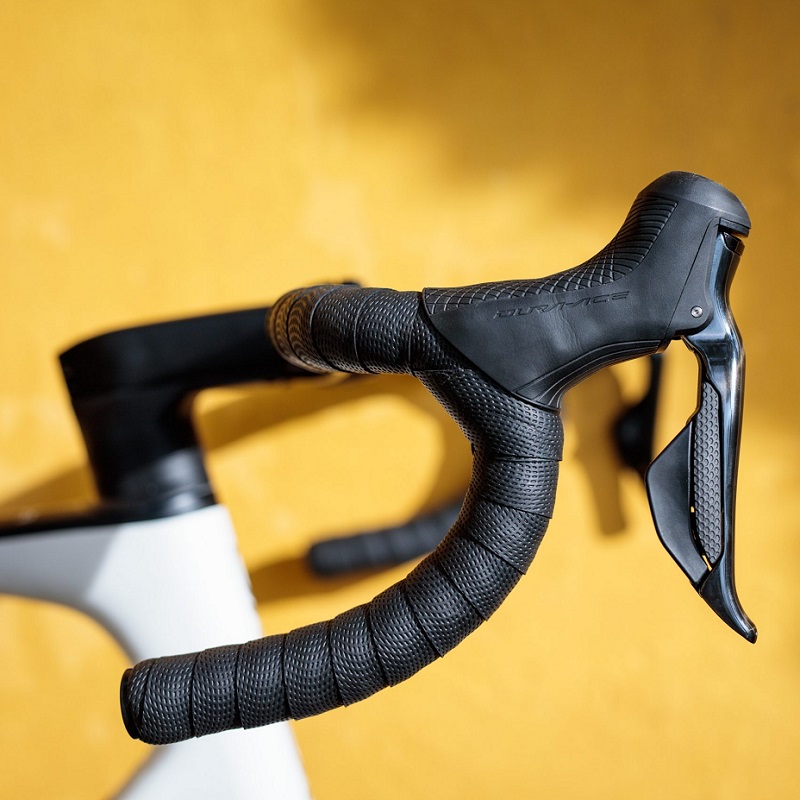
Color and Aesthetic Options
Personal Expression Through Bar Tape
Choosing the color of your road bike bar tape is not just about functionality; it’s about personal expression. The colors and patterns available can significantly affect the overall look of your bike. Here are some points to consider:
- Matching Colors: Many cyclists like to match their bar tape with other components, such as the frame color or accents of the bike. This coordinated approach helps create a stylish and unified look.
- Visibility: Bright-colored bar tape can enhance visibility, which is an important aspect of safety when riding on busy roads or trails. High-visibility colors can be a lifesaver in low-light conditions.
- Trendy Patterns: There are also a variety of patterns available, providing an artistic touch to your bike. Patterns can be a great way to showcase your individual style while riding.
Durability of Color
Another important factor to consider is how well the color will hold up over time. Some tapes may fade or wear out with prolonged exposure to sunlight or rain. High-quality tapes are usually UV resistant, helping to maintain their vibrant look through various weather conditions.
If you often ride in harsh conditions, consider investing in bar tape that specifically boasts weather-resistant or fade-resistant properties. This will not only enhance the longevity of the tape but also keep your bike looking sharp.
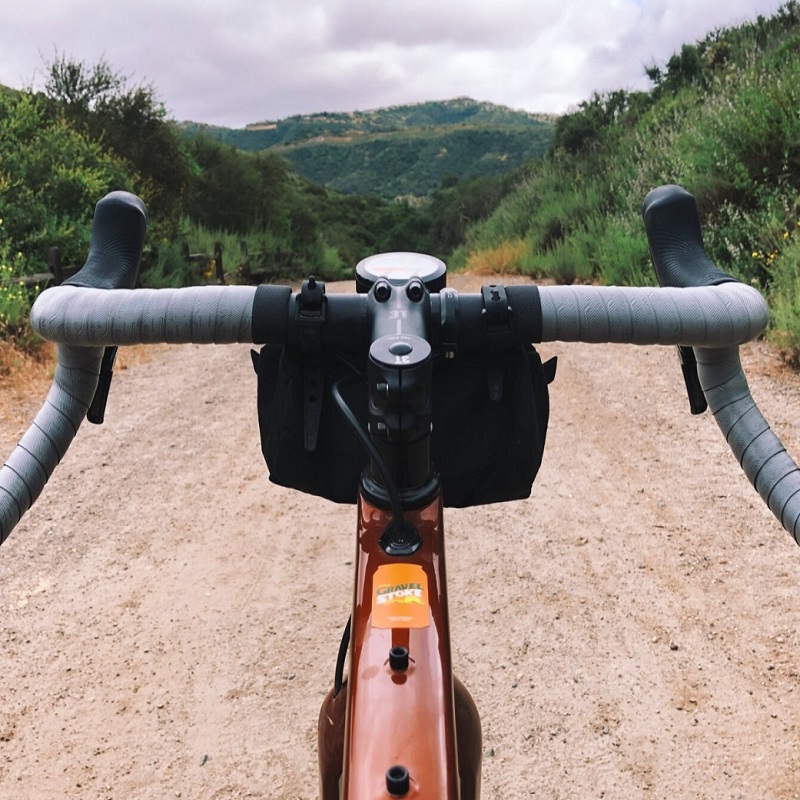
Installing Road Bike Bar Tape
Preparation Before Installation
The installation process of road bike bar tape can play a crucial role in its performance and longevity. Here’s a general overview of what you should do before starting:
- Gather Tools: You’ll need scissors, a tape measure, and possibly some electrical tape or adhesive depending on your tape’s design.
- Clean the Handlebars: Before applying new tape, thoroughly clean the handlebars to remove any residual grime or old adhesive. A clean surface allows for better adhesion and longevity of the tape.
- Remove Old Tape: Carefully take off the old tape without damaging the handlebars. This step may require scissors if the tape is tightly wound.
- Check for Damage: Inspect your handlebars for any scratches or issues that might affect tape performance. Consider using protective tape or pads to cover any vulnerable areas before installation.
Step-by-Step Installation Process
Follow these steps to install your chosen road bike bar tape:
- Start at the Bottom: Begin wrapping the tape at the bottom end of the handlebar, ensuring to leave enough length for the ends.
- Overlap and Tension: As you wrap, maintain slight tension for a tight fit and overlap each layer by about half. This helps prevent any underlying handlebar from showing.
- Wrap Methodically: Ensure that as you wrap up the bar, you maintain a consistent angle. Avoid twisting the tape, as an even surface enhances grip and comfort.
- Finish at the Top: When you reach the top, cut the tape to the desired length and secure it with adhesive or finishing tape.
- Repeat on the Other Side: Don’t forget to replicate the process on the opposite side to maintain symmetry. A well-matched look is aesthetically pleasing and ensures a balanced feel.
Proper installation not only enhances the aesthetic appeal but also guarantees functionality by ensuring a secure grip for your hands.
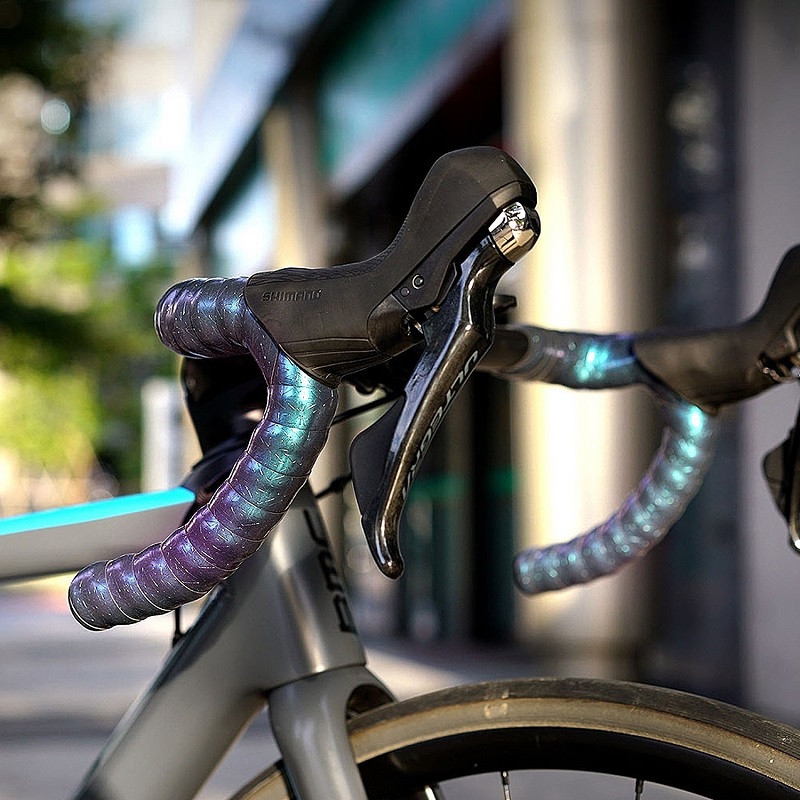
Maintaining Your Road Bike Bar Tape
Regular Checks and Cleanings
Now that you’ve installed your road bike bar tape, proper maintenance is essential to ensure its longevity and performance:
- Regular Inspections: Periodically check for signs of wear or damage such as tears, frays, or areas where the tape may be loosening. Address any issues as soon as possible to prevent further damage.
- Cleaning: Clean the bar tape with a damp cloth and mild soap after long rides to remove dirt and oils from your hands. Regular cleaning can help maintain the tape’s grip and appearance. Especially during wet conditions, cleaning the tape can prevent mold and degradation.
- Consider Protective Overwraps: If you regularly ride in extreme conditions, using protective tape over your installed bar tape can provide an additional layer of protection.
When to Replace Bar Tape
Knowing when to replace your bar tape is essential for maintaining your bike’s performance. Signs that it’s time for a change include:
- Loss of Padding: If you notice a significant reduction in cushioning, it’s time for new tape. Prolonged use without change can lead to hand fatigue.
- Fading Color: If the color has faded significantly or is showing wear, this is also a clear indicator that you should consider replacing it.
- Tears or Grime: Major tears or an accumulation of grime that cannot be cleaned may warrant a replacement.
Benefits of Keeping Your Bar Tape Fresh
Regularly updating your bar tape can improve your overall riding experience. Fresh bar tape can provide enhanced grip, new aesthetics, and better overall comfort while riding. For competitive cyclists, this attention to detail can translate into improved performance and maximized comfort during lengthy rides.
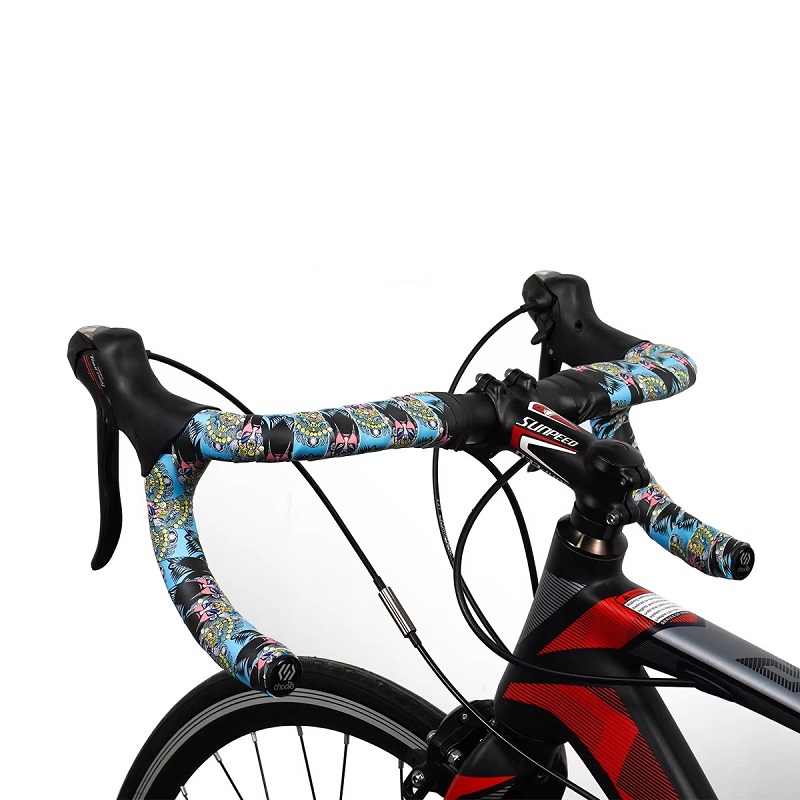
Conclusion: Enhance Your Riding Experience with the Right Bar Tape
In conclusion, understanding how to choose road bike bar tape can significantly enhance your cycling experience. The right tape not only improves comfort but also allows you to express your individuality. By considering factors like material, thickness, color, and proper installation techniques, you can ensure that you select the ideal tape that suits your needs.
Taking care of your bar tape through regular maintenance and timely replacements will enhance its performance and prolong its lifespan. The investment in quality road bike bar tape translates to many enjoyable rides, ultimately making for a more satisfying cycling experience.
Now that you are equipped with all this knowledge, you can confidently select and maintain the perfect road bike bar tape tailored to your individual preferences. Remember, the correct bar tape not only improves your comfort and performance but also enhances your connection to the bike. Happy riding, and enjoy the road ahead!
